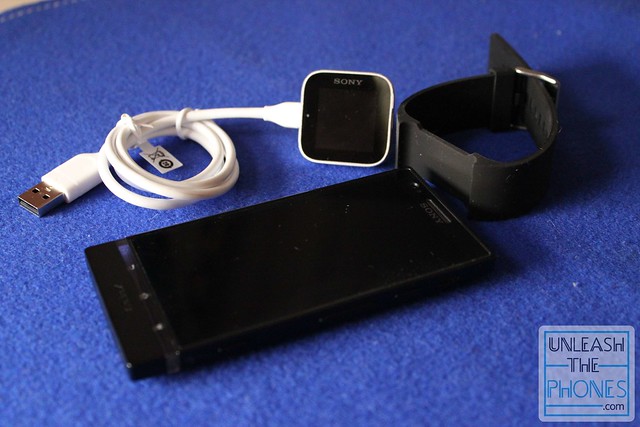Sony SmartWatch

We’ve seen quite a few innovations in the world of mobile accessories from strictly basic Bluetooth enabled headsets going from Mono to Stereo (A2DP) to a variety of corresponding gadgets from jewellery to sports equipment. For Sony and it’s previous iteration, Sony Ericsson, there has been a certain fascination with wrist based tech, i.e. watches.
The company has been experimenting and consolidating with watch manufacturers for a long time to design and offer Bluetooth enabled accessories for its handsets. Fossil was one such big name watchmaker who has worked with Sony Ericsson in the past. Its wristwatches were Bluetooth powered and had little head up displays to show users that they had missed calls and messages waiting on their phones. Since the tIme of Dick Tracy, the phone watch has been something that only LG managed to design well enough and produce with its GD910 3G enabled device.
Sony’s SmartWatch might not be what the famous detective would have opted for, but we were curious to see just how useful a wrist “informer” would be in today’s hectic mobile scenario.
Form Factor
It features a 1.3-inch OLED display with multitouch capabilities and a 128 x 128 pixel resolution. It’s not as large as the GD910 and if your forearms are large, it’s going to a look a little small. The display itself is mildly scratch resistant, but we urge you to be a little careful nonetheless. We're concerned about it being water resistant, and it's not. So again, it's somthing you'll need to be careful with.
 The rubberised strap is comfortable enough, but if you’re using it during a workout session, then the sweat can make it a little difficult after a while. Like the iPod nano, it is also a clip based device so you could wear it anywhere else. It can be connected and charged via a proprietary USB port placed at the bottom. A power/sleep button is on the right hand side where you’d find most watch buttons.
The rubberised strap is comfortable enough, but if you’re using it during a workout session, then the sweat can make it a little difficult after a while. Like the iPod nano, it is also a clip based device so you could wear it anywhere else. It can be connected and charged via a proprietary USB port placed at the bottom. A power/sleep button is on the right hand side where you’d find most watch buttons.
Connecting the SmartWatch
It’s a simple mode of Bluetooth (3.0) connectivity. The SmartWatch is also compatible with a wide range of devices from Sony as well as other brands. We tested it on a Galaxy Nexus and it worked just fine. Click here for a full list of compatible device. Check out the list carefully if you’re intent on purchasing the gadget, as it only works partially with some handsets. Connecting the SmartWatch to an Android phone is simple and involves installing a couple of applications. The steps are
Features and Performance
Interface
The UI is simple and neat. It’ll take you a little while to learn the gestures for swiping over to the apps or the widgets that you install. It’s a pretty seamless process for most part, but a few of the apps like the GPS Maps take a little while to load. The gestures are nevertheless quite simple with a simple double tap with two fingers to come back to the home screen.
 Battery
Battery
With heavy usage, i.e. plenty of incoming calls and messages, accessing apps frequently, you’ll get about 10 hours of usage before the battery goes completely dead. That’s not too bad but we did expect a little more.



